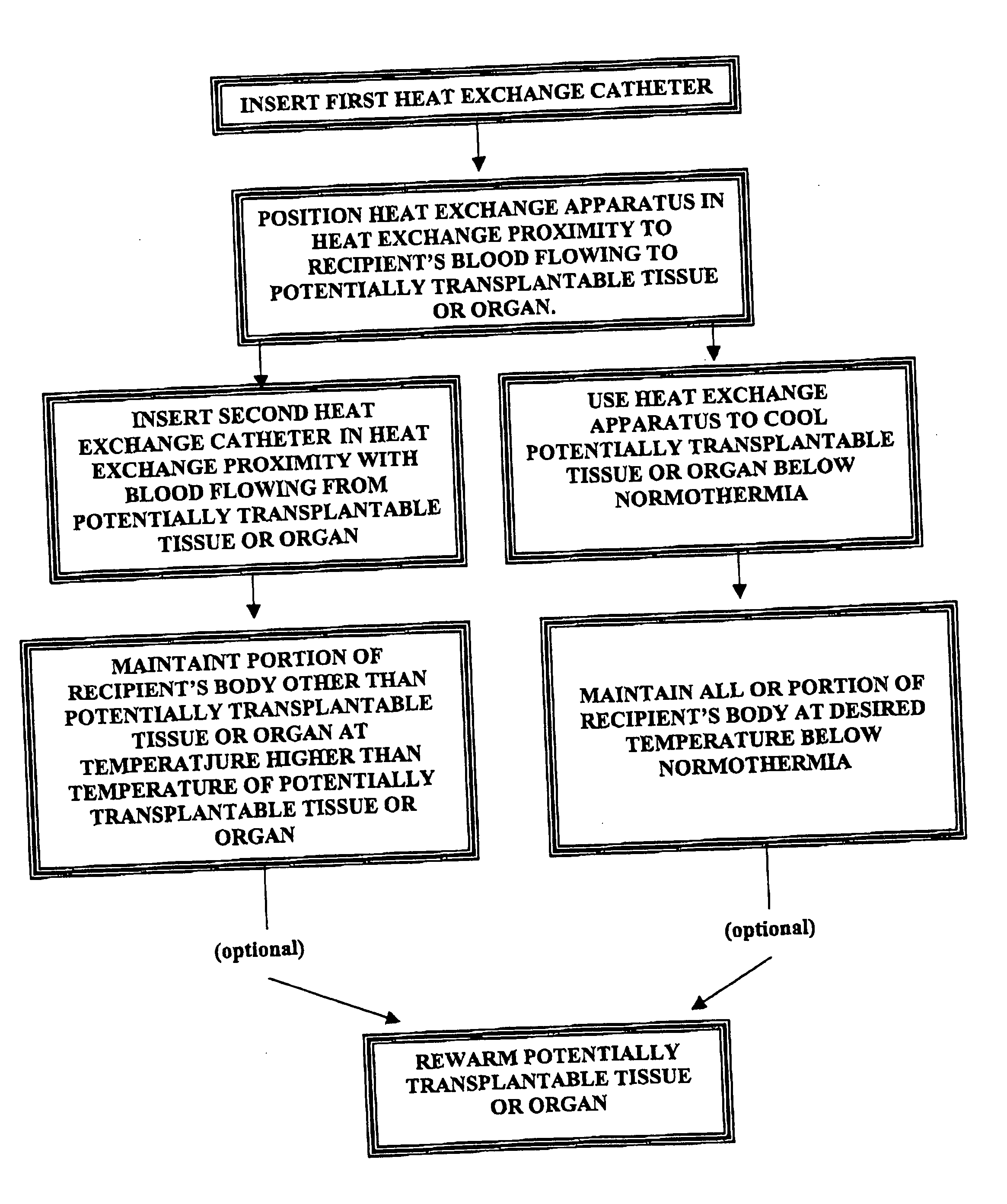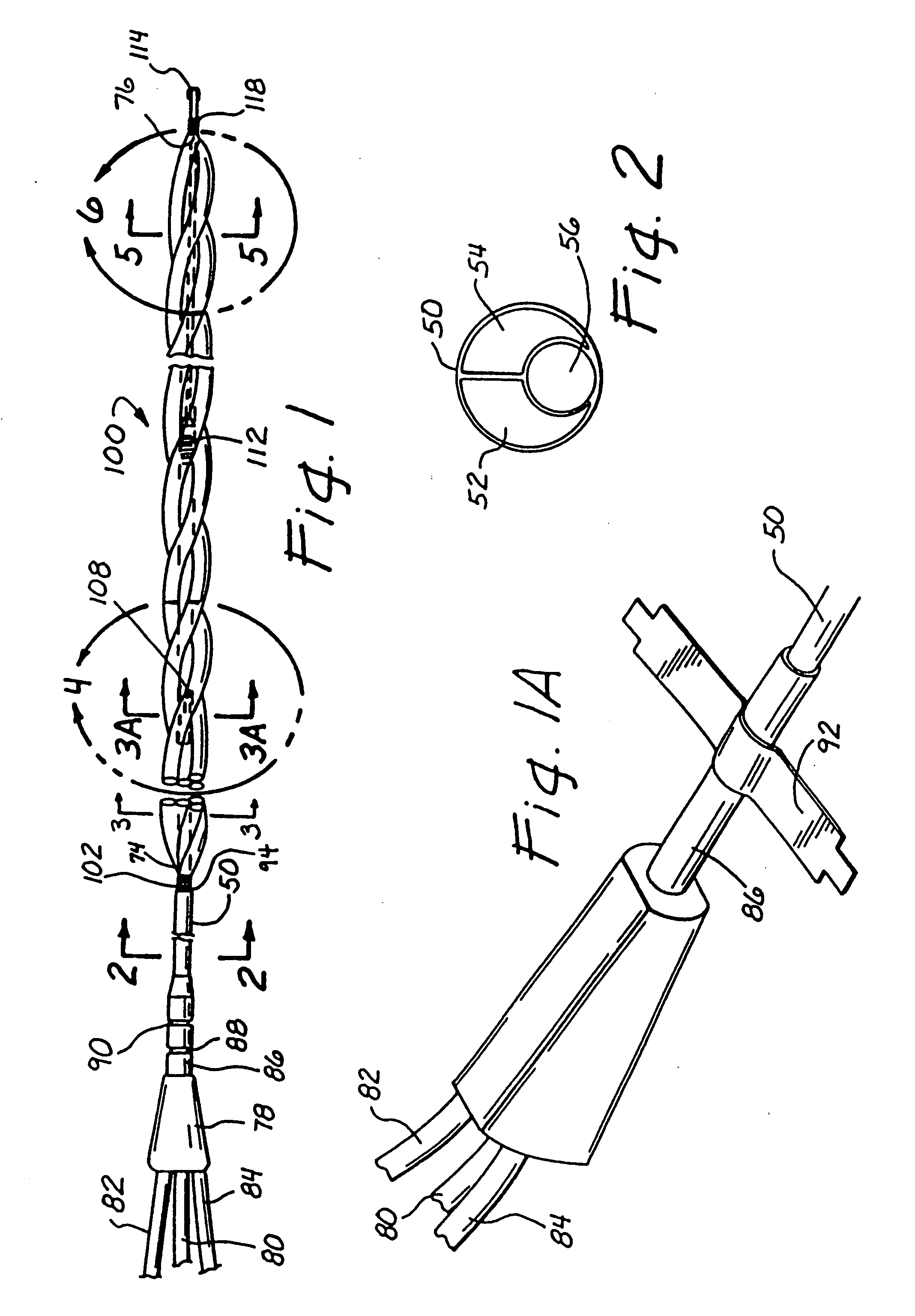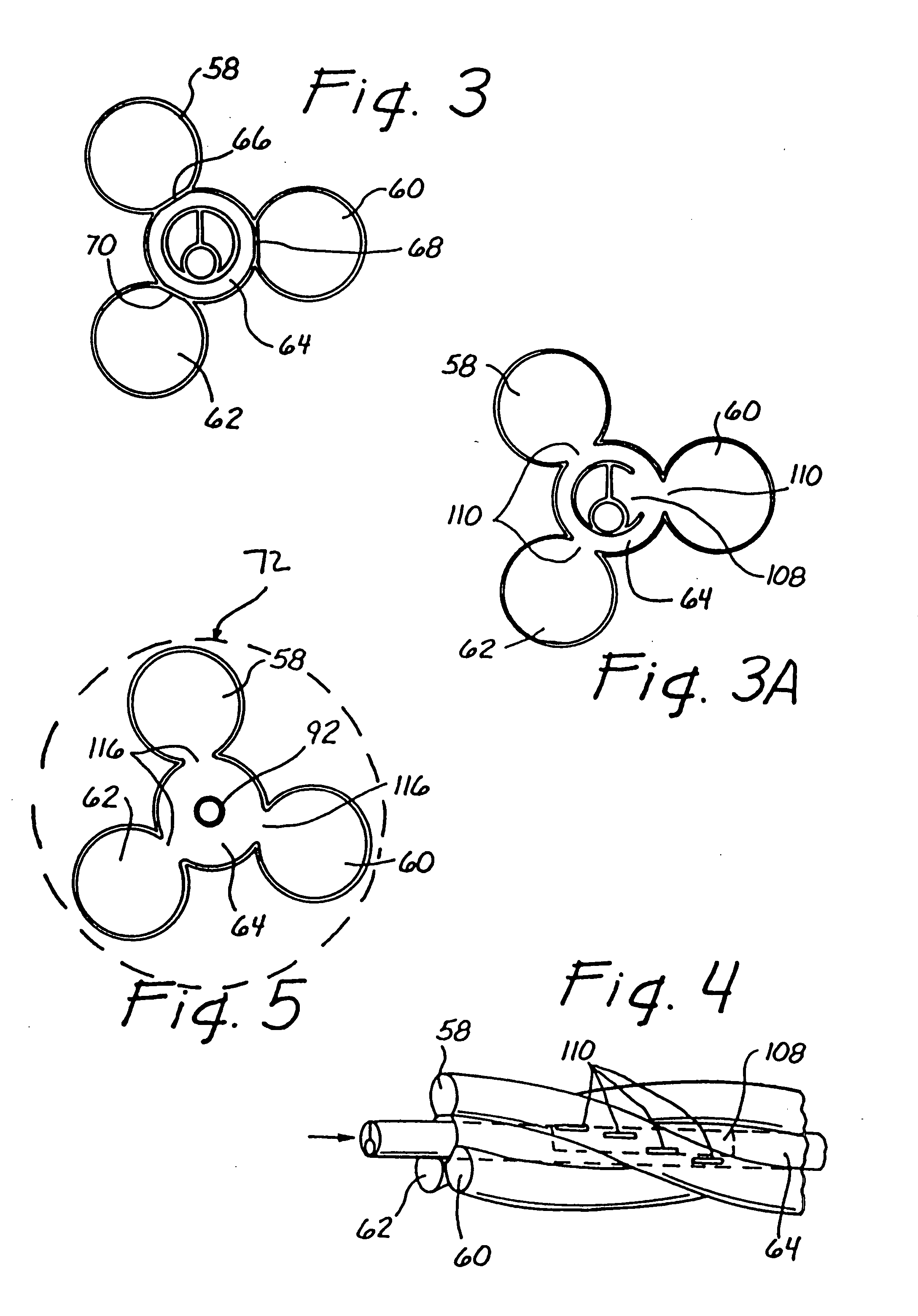Use of endovascular hypothermia in organ and/or tissue transplantations
a technology of endovascular hypothermia and organs, applied in the field of human or veterinary medical treatment, can solve the problems of reducing unable to typically be harvested from cadaveric donors, and unable to achieve the clinical implementation of xenotransplantation techniques many years away, so as to reduce the potential for hypoxic damage
- Summary
- Abstract
- Description
- Claims
- Application Information
AI Technical Summary
Benefits of technology
Problems solved by technology
Method used
Image
Examples
Embodiment Construction
[0037] The following detailed description is provided for the purpose of describing only certain embodiments or examples of the invention and is not intended to describe all possible embodiments and examples of the invention.
A. A Preferred Intravascular Heat Exchange Catheter System Useable to Perform the Methods of this Invention
[0038] Referring to FIGS. 1 through 10A, in one embodiment, the catheter is comprised of a shaft 50 with a heat exchange region 100 thereon. The shaft has two roughly parallel lumens running through the proximal shaft, an inflow lumen 52 and an outflow lumen 54. The shaft generally also comprises a working lumen 56 running therethrough for the insertion of a guide wire, or the application of drugs, radiographic dye, or the like to the distal end of the catheter. The heat exchange region comprises a four-lumen balloon, with three outer lumens 58, 60, 62 disposed around an inner lumen 64 in a helical pattern. In the particular embodiment shown, the balloon ...
PUM
 Login to View More
Login to View More Abstract
Description
Claims
Application Information
 Login to View More
Login to View More - R&D
- Intellectual Property
- Life Sciences
- Materials
- Tech Scout
- Unparalleled Data Quality
- Higher Quality Content
- 60% Fewer Hallucinations
Browse by: Latest US Patents, China's latest patents, Technical Efficacy Thesaurus, Application Domain, Technology Topic, Popular Technical Reports.
© 2025 PatSnap. All rights reserved.Legal|Privacy policy|Modern Slavery Act Transparency Statement|Sitemap|About US| Contact US: help@patsnap.com



